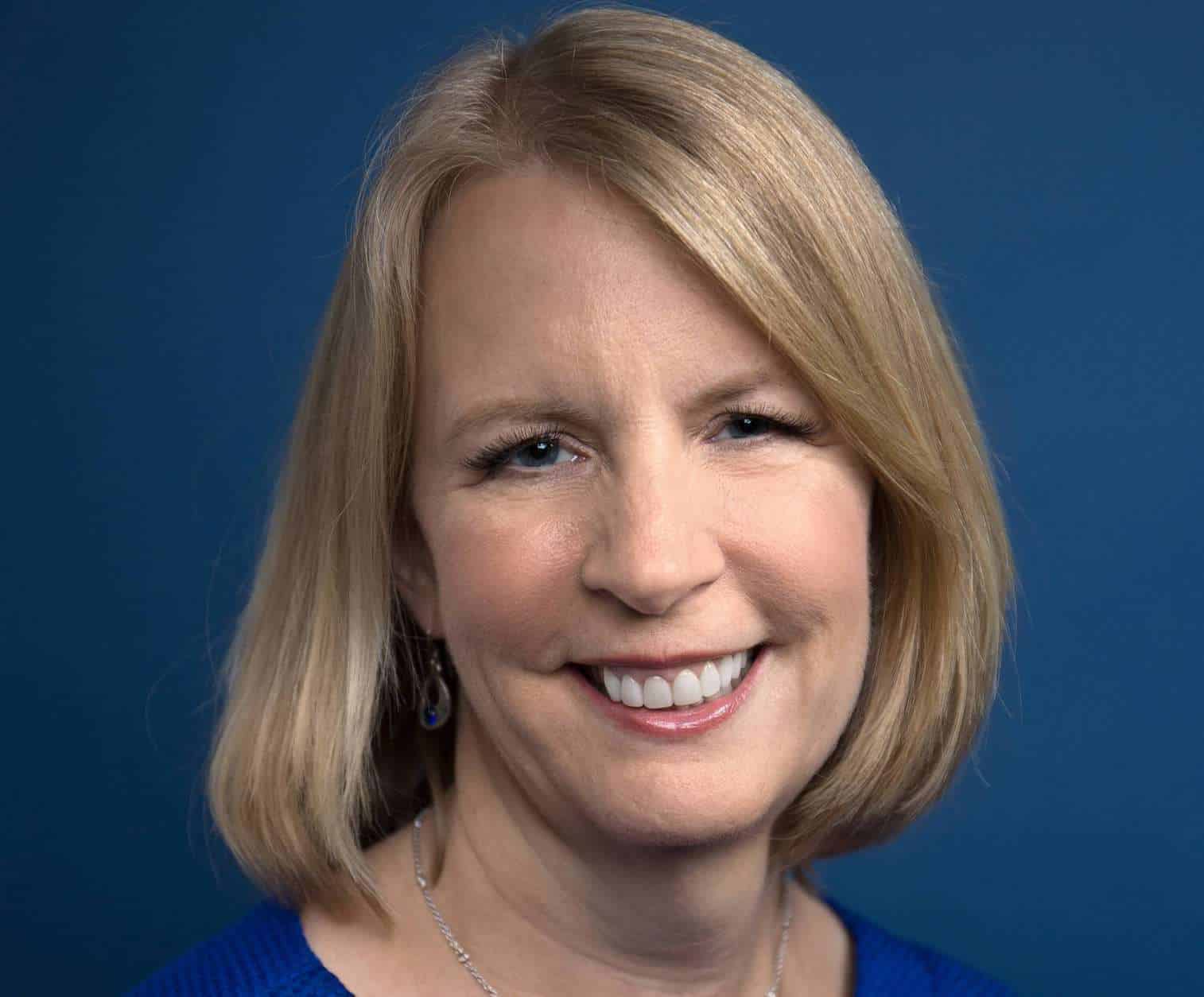
Good financial advice can help you achieve your life goals. Bad financial advice can cost you a fortune and leave you worse off than if you had tried to go it alone.
Unfortunately, you’re still on your own in trying to determine the good advice from the bad. The U.S. Department of Labor has delayed key portions of a fiduciary rule that would require financial advisers to put their retirement account clients’ interests first. The provisions are set to begin July 1, 2019, but it’s anyone’s guess if that will happen.
Officials say they need more time to consider possible changes to the rule, which was crafted under the Obama administration. Opponents of the delay say the rule has already survived legal challenges and a congressional effort to block it, so the delay amounts to a repeal.
“The safe thing is for the investor to assume it’s still the same buyer-beware market that’s always existed,” says Barbara Roper, director of investor protection for Consumer Federation of America, a nonprofit advocacy group.
Many Americans believe, incorrectly, that their financial advisers already are required to act in their clients’ best interests. In reality, most are held to lower standards. Asking advisers to disclose their conflicts of interest is always a good idea, but here are some other ways to spot advice that truly puts clients first:
GOOD ADVICE DOESN’T PROMISE THE MOON AND STARS. Beware of advisers who only want to talk about their investing prowess and how they plan to beat the market. Few advisers can consistently deliver market-beating returns, and attempts to do so usually drive up their clients’ costs. A better approach for most people is to invest all or most of their portfolios in low-cost index mutual funds or index exchange-traded funds that strive to match various market benchmarks.
GOOD ADVICE DOESN’T PROMOTE “HIGH-COMMISSION GARBAGE.” That’s what financial journalist Bob Veres, publisher of Inside Information, a service for advisers, calls products that are notorious for high costs and potential to enrich advisers at the expense of their clients. These can include non-traded real estate investment trusts, indexed annuities and variable annuities inside retirement accounts.
Proprietary mutual funds also can be problematic. These are the house-brand funds offered by the bank, brokerage or investment company where you have your account. Your adviser may earn extra compensation for pushing them, and they can have higher costs or worse performance than competing funds. Advisers may be able to make an argument why any of these products make sense for you, but it’s worth getting a second opinion from someone who doesn’t make commissions selling them.
“The more complex, opaque and illiquid the investment, the more generous the compensation to the adviser tends to be,” Roper says. “The incentives line up in a way that is directly contrary to the investor’s best interest.”
GOOD ADVICE DOESN’T PRETEND TO BE FREE OR CHEAPER THAN IT IS. All investments have costs, and advisers can be paid in a variety of ways that may not be readily apparent to their customers. Financial advisers should be straightforward in explaining those costs and the ways they’re compensated.
Also, investors who pay a percentage of their portfolios for advice should know how that fee is calculated. A fee that’s “only” 0.35 percent each quarter seems dirt cheap, but that adds up to 1.4 percent a year, which isn’t. Veres’ survey of about 1,000 advisers found most charge annual advisory fees of around 1 percent for portfolios worth less than $1 million.
GOOD ADVICE DOESN’T DELIBERATELY CONFUSE PEOPLE. Some advisers make a big deal about being fee-based, but that means they also accept commissions or other incentives. Fee-only financial advisers , by contrast, are compensated solely by fees their clients pay. Also, some advisers have been telling their clients that the fiduciary rule required them to start charging fees. That’s not true, Roper says.
GOOD ADVICE COMES FROM AN ADVISER WHO PUTS CLIENTS FIRST. Only a few categories of advisers are required to be fiduciaries, or someone obligated to put their clients’ interests ahead of their own. Those advisers include registered investment advisers and certified financial planners when they’re offering financial planning advice. Certified public accountants have a professional code of conduct similar to a fiduciary standard.
When advisers don’t have a RIA, CFP or CPA after their names, ask if they’re willing to be fiduciaries and to put that promise in writing. The Committee for the Fiduciary Standard, a volunteer group promoting the standard, has an oath advisers can download and sign.

